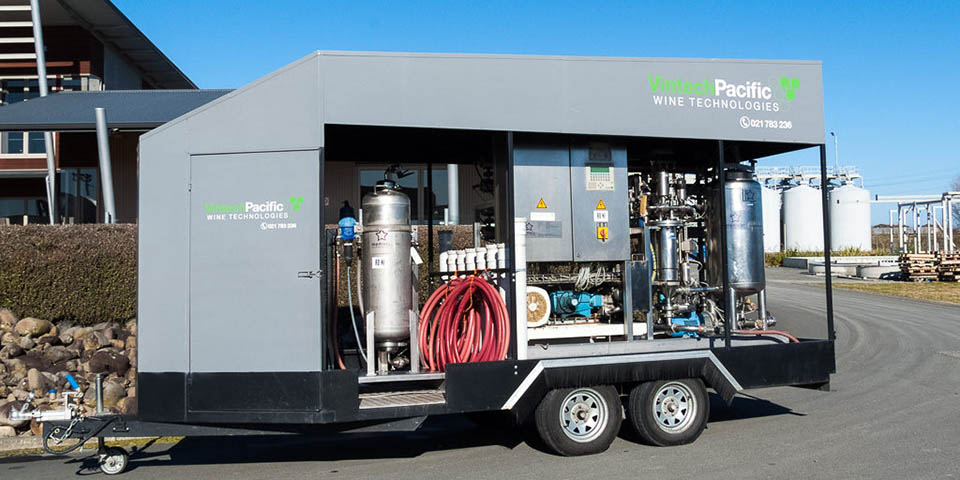
You may have heard about the recent interest in low alcohol and even zero-alcohol beer and wine. Several major brewers in Australia are reporting an “explosion” in the popularity of non-alcoholic beer, the sales of which have almost doubled during the last twelve months. According to researchers at Melbourne’s La Trobe University, the number of teetotal Australians aged between 18 and 24 has doubled during the last twenty years. In Britain, the Brewers Association is predicted that low and zero alcohol beer will be one of the “driving trends of 2020.” It looks as though the future might be bright for makers of low-alcohol beer, but what about wine? Well, it’s a rather different story.
Low alcohol wine is something of an enigma because technically it doesn’t exist. In the European Union wine has to contain at least 8% alcohol by volume (ABV) before it can be called wine. However, that issue could be resolved with the stroke of a pen. There are much more serious problems. Low alcohol wines are usually made either by reverse osmosis or vacuum distillation. Both these processes, especially the second one, cause some of the aromas to disappear, with the result that in terms of flavour and aroma, many low alcohol wines rather miss the mark. They simply don’t taste or feel like “real” wine.
You see, most of the aromas in wine are transmitted from the surface of the wine by the evaporating alcohol. If there’s no alcohol, the few aromas that still remain after the reverse osmosis have no way of reaching your snout. For wine lovers, the aromas of wine are more important than the taste. People often forget that it’s our noses that sense taste too, because taste buds can identify only a handful of primary tastes: bitterness, sourness, sweetness, saltiness, and umami. All other taste sensations come from the nasal passages.
Another major issue is that reverse osmosis also tends to remove the tannins, the agents in red wine that give it body, texture and substance. On a more positive note, researchers in France discovered that lowering the alcohol of a Cabernet Sauvignon from 12% ABV to 6% ABV didn’t remove any antioxidants, believed to be beneficial for cardiovascular health. The French study even proposed that low alcohol and non-alcoholic red wines might be used to treat people with heart disease. So wine becomes medicine – an interesting return to the beliefs of Hippocrates, who was convinced that wine was part of a healthy diet and even prescribed it for several specific ailments.
In a recent study in the USA, a team of researchers bought almost every brand of non-alcoholic wine available and finally decided that all of them were unsatisfactory in terms of taste, texture and aroma. It looks as though whatever the perceived advantages of non-alcoholic wines might be, the industry still has a long way to go.
Robertson Winery Chapel White, South Africa (Bt 330 @ Friendship)
Robertson is a community in the Western Cape Province of South Africa, known as “the valley of wine and roses.” The town lies on the banks of the Breede River and was named after the local cleric Dr William Robertson when it was founded in 1853. Robertson Winery was founded in 1941 in the town’s disused missionary chapel and today produces a huge range of wines. The seven wines in the Chapel range are the company’s entry level products. I first reviewed this one about four years ago and in my usual fashion, filed the tasting notes for future reference. The wine hasn’t changed much. But that’s what you’d expect in a way, because non-vintage wines (the ones that don’t show a year on the label) are nearly always blended for consistency.
Cheaper wines tend to have a rather one-dimensional aroma but this one smells like a more expensive product. It’s a gold-coloured wine with a fragrant, citrus-like aroma and pronounced pineapple and pomelo. I think there’s a hint of peach and herbs in the background too. It’s made from Chenin Blanc and Colombard; a popular blending combination because the Chenin Blanc (shen-ang blong) brings refreshing acidity and it’s balanced by the Colombard (col-um-bah) which is more neutral.
It’s a crisp, light-bodied, dry wine at 11.5% ABV with a pleasing dash of gentle acidity giving it a sense of firmness. You’ll notice honeyed, citrus fruit on the palate and there’s also a clean and persistent finish which is unusual for a wine in this price bracket. This would be pleasing to drink on its own but it would work well with something light especially delicate fish or chicken meals. It’s a basic wine but it would enhance simple food like salad or an omelet or even that traditional British Friday night treat – fish and chips.
So don’t be put off by the low price, for it’s certainly worth a try. And if it’s all gone when I go to buy some more next week, I shall never speak to you again.
 |
 |
 |





